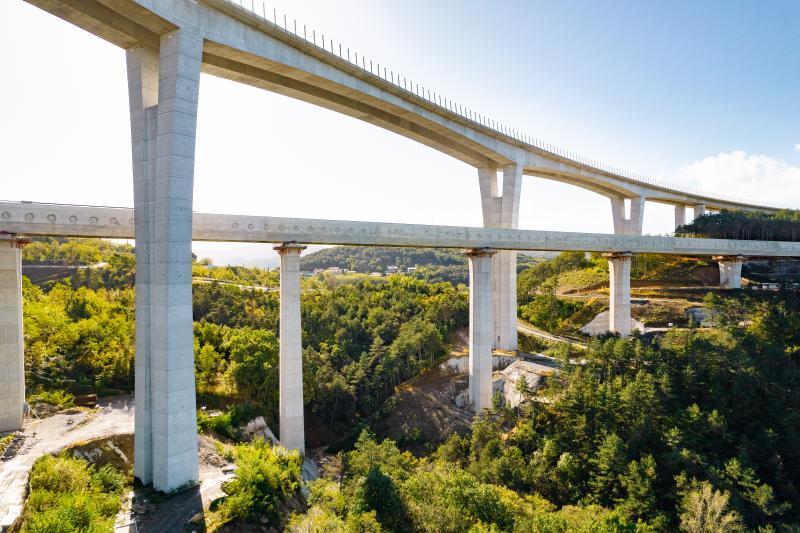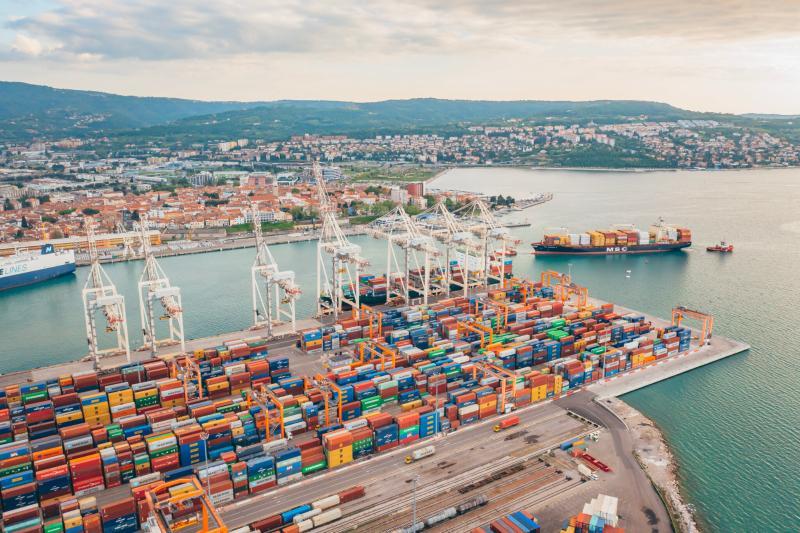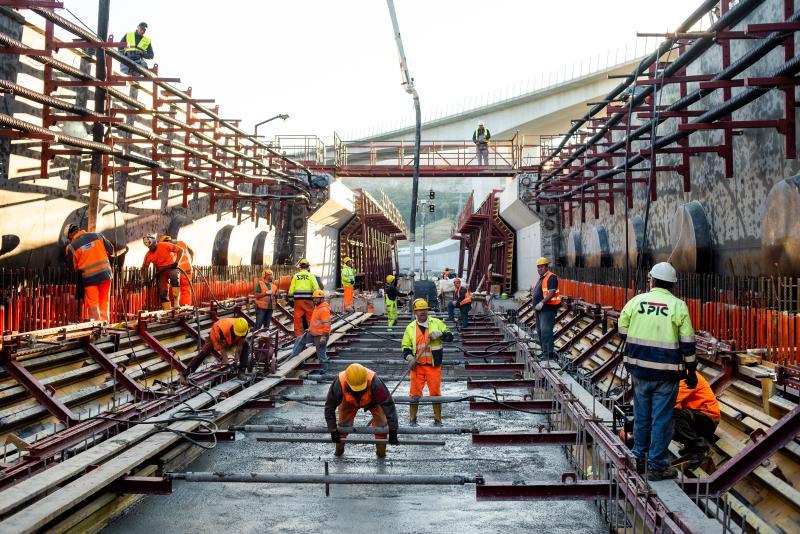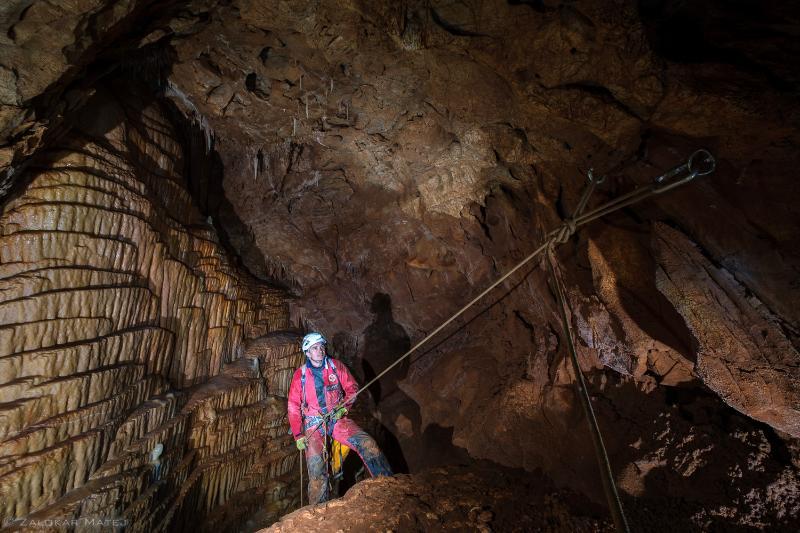Slovenia builds second railway track to improve access to Koper port to cut emissions and boost trade
The Slovenian coastal city of Koper is one of four core Adriatic ports in the Baltic-Adriatic Corridor, one of the most important trans-European road and railway axes. But Koper is served by a single railway track, built in 1967, and it's no longer able to accommodate current and projected demand in the future. Koper is the only port in Slovenia and it has been growing over the years," says Tjaša Potisk, a senior associate at 2TDK Druzba za razvoj projekta." The current, old railway doesn't allow for all the cargo that comes into port to be distributed properly due to the lack of modern infrastructure such as roads and railways.”
2TDK is building a second rail line that will cut carbon emissions by reducing road freight and boost the coastal economy through greater trade. The European Investment Bank has signed a €250 million loan agreement with 2TDK Druzba za razvoj projekta to finance the construction of this second rail track of 27 kilometres between Divača, a village near Slovenia’s Italian border that’s also a railway hub, and the port of Koper.
The new line will run through seven tunnels and three viaducts. This means 75% of the route will be underground.

One of the railway viaducts passes under the motorway viaduct
By significantly reducing road traffic and bottlenecks, the project will save around 49 000 tonnes of CO2 on average during an operating year.
It’s also expected that the project will boost employment by creating 13 000 jobs during the construction of the railway and around 60 during its operation, mainly in project management, infrastructure maintenance and traffic management.
“This is a very important project for Slovenia,” says Branko Cepuran, a senior loan officer who’s responsible for operations in Slovenia at the European Investment Bank. “The second railway will have a significant impact on road traffic, a major contributor for pollution in Slovenia, and provide a modern and sustainable inland connection both inside the country and in the broader European region.”
Connecting Baltic-Adriatic and Mediterranean corridors
Around 6% of Slovenia’s GDP comes from logistics and transport. The sector employs 51 000 people. But, because of the single railway and heavily congested roads, the country is losing around €145 million every year in trade that goes to ports in neighbouring countries, according to the company.
The port of Koper is a core port in the TEN-T European transport network as it lies at the intersection of the Baltic-Adriatic and the Mediterranean corridors.
The port is also one of five ports in the North Adriatic Ports Association serving the central and southeastern European freight market.

The port of Koper, Slovenia
- Read more about the modernisation of the Varna port in Bulgaria
The further development of the port – and in particular the container terminal – can’t be done without a reliable, stable and fully operational rail link to the hinterland.
Capacity constraints and delays on the Slovenian rail network may have contributed to the share of freight handled by rail to drop to 54%. Meanwhile, road freight went up to 46%. That’s a problem, because traffic on these roads is dense throughout the year, particularly during the summer when tourists drive through Slovenia to the Croatian coastline.
“The second Divaca-Koper railway line is of strategic interest to Slovenia and hinterland countries, as 70% of goods handled at Koper are destined for Central and Eastern Europe,” says Potisk. “As logistical flows are increasing at a steady pace, it’s crucial for Slovenia to maintain the advantages of its geostrategic position.”
The second track will remove the bottleneck on the existing, congested railway line and boost economic development on the Slovenian coast, particularly local commerce and logistic companies.
Today, around 90 trains travel on the old railway line each day at a speed of 60 kilometres per hour. The project will boost that to 212 trains.

Construction of the second railway between the village of Divača and the port of Koper
The project takes into consideration the protection of natural and cultural values.
The new line will relieve the population and the environment along the existing routes of the rail line and major roads. It avoids the protected area of the Rizana river, the main source of drinkable water for the entire Slovenian coastal region.
During the construction of the railway tunnels, workers discovered over 60 caves of limestone. 2TDK expects to find over 40 more by the end of the construction. As part of the natural environment and landscape of the country, these caves are then closed off to the public and protected.

One of the 60 caves discovered during the under-ground tunnel works
